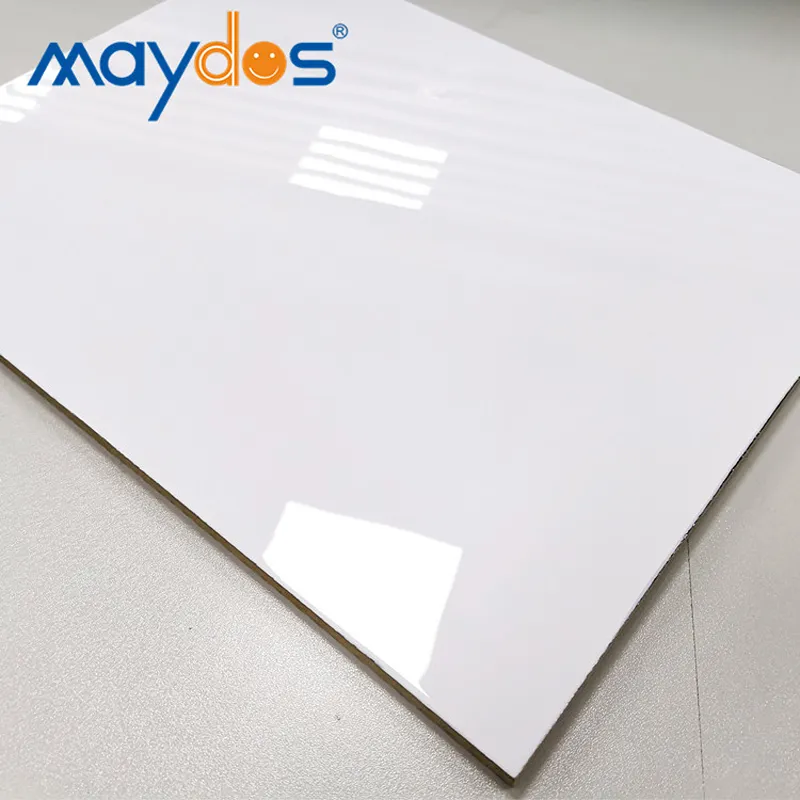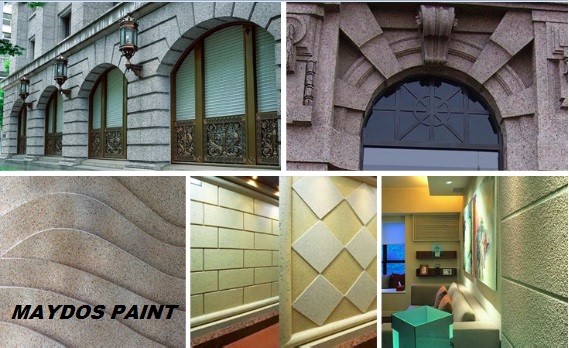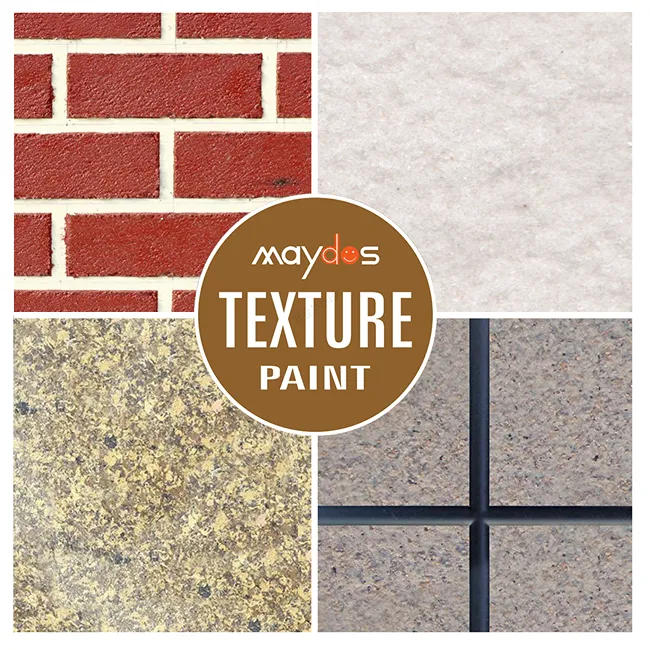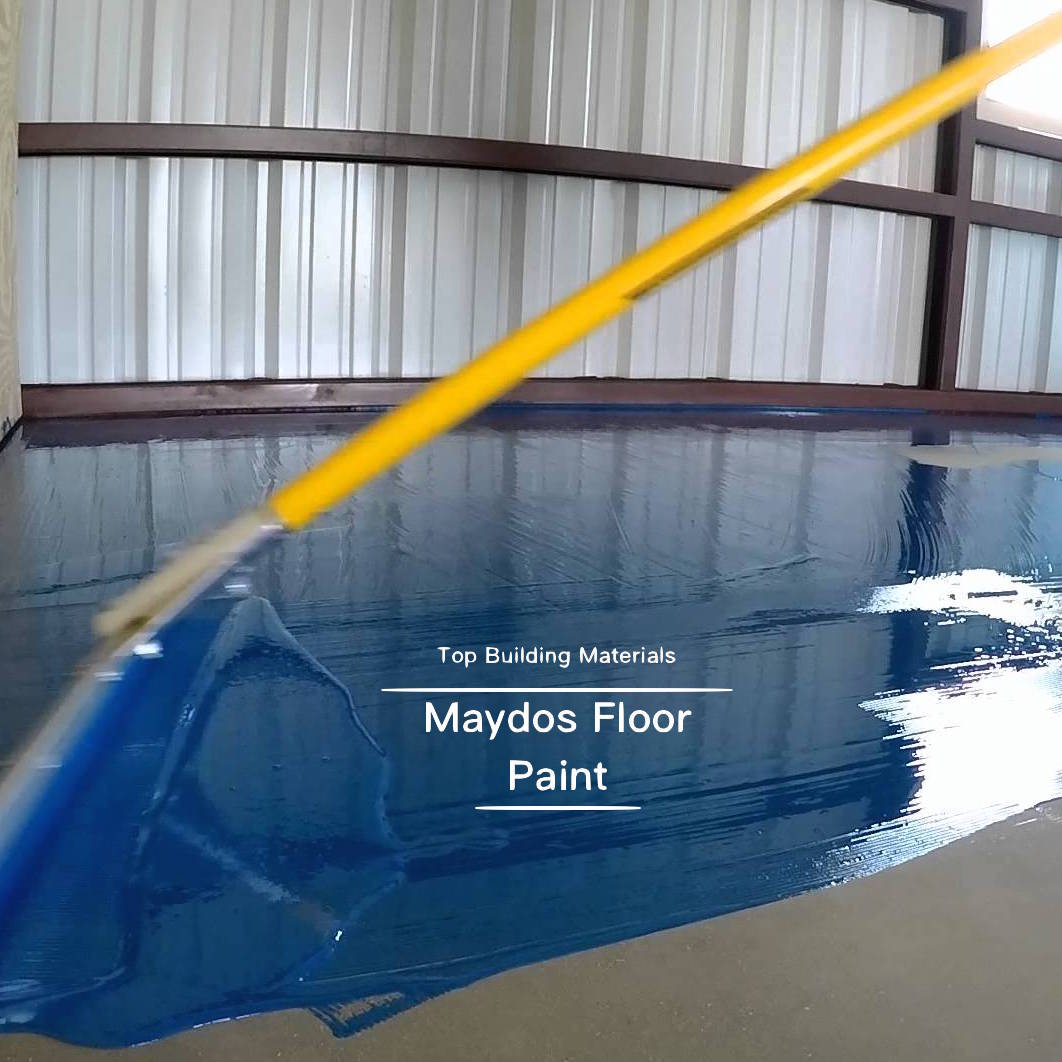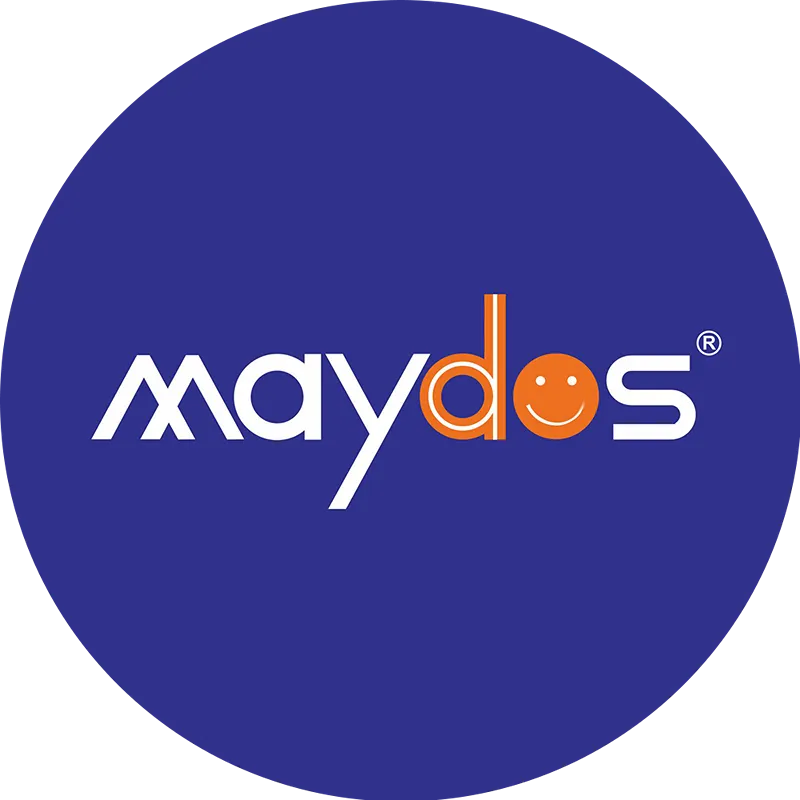Coating Factory
When it comes to industrial coatings, there are a few different processes that can be used. The right choice for your specific job depends on several factors, including application use and part size.
In addition, the material being used in the coating process is also important to consider. Some common options include powder and liquid coatings.
Manufacturing Process
Coatings are used to protect metal and plastic parts from the elements. They also improve the aesthetics of the surfaces they cover. The manufacturing process involves blending pigments, additives and resins in a way that is specific to the application.
Priming the substrate’s surface helps the coating adhere to the surface for optimal performance and aesthetic results. Proper priming removes dry contaminants, salts and other contaminants to ensure a smooth and uniform surface that can be coated evenly.
The primer also prevents fisheyes, blistering, adhesion failure, alligatoring, bubbling and cissing. This process is also helpful in preventing other coating problems like rusting, peeling and flaking.
Once the substrate is primed, it’s time to apply the coating. There are many different types of industrial coatings available, each offering its own unique benefits and properties.
Powder coating is a popular finishing process that can be applied to a wide range of materials, including metals. It can produce thicker, more even coats than liquid paint, and it can be formulated to provide protective and decorative finishes in a variety of colors and thicknesses.
A powder coating process begins with the formulation of a dry blend of raw materials and pigments. It then passes into an extruder, which is a machine that melts the ingredients and distributes them within the molten mass.
During the extrusion process, a feed rate and speed of the extruder are controlled to ensure that conditions of high shear exist and that the material is mixed well. A barrel temperature is set to the exact value to create a coating with the desired melt viscosity and pigment dispersion.
The molten polymer is then passed between cooling rollers to cool. The powder coat is then cured, or baked, in a heated oven to form a durable, uniform surface finish. This method is an efficient and cost-effective option for many manufacturers.
Equipment
The equipment used in a coating factory is diverse and includes tools and machines that perform multiple tasks. This equipment can be used to mix, mill and test materials and to apply coatings. It also includes conveyors, ovens and other systems for curing or drying the coatings.
The type of equipment that is most commonly found in a coating factory can vary based on the type of product being coated. For example, powder coaters are used to apply a thin layer of metal powder over the surface of a part. This process is referred to as electrostatic powder coating.
This process is a popular method for finishing parts, as it can be used on a variety of materials and can be applied to various shapes and sizes. The equipment involved in this process includes an oven that heats the powder, a gun that sprays or brushes on the coating, and a conveyor belt that moves the parts through the oven.
Another popular coating method is powder painting, which applies a coating to a metal part by blowing powder onto the surface. This can be done with both automatic and manual booths, and it can be done in either a vacuum or non-vacuum mode.
Generally, automated powder coating systems are more expensive than their manual counterparts, but they can process more products in one cycle. This is because they can be configured with a number of different stages, which allow multiple operators to work simultaneously on multiple parts at the same time.
Automated systems can also eliminate the need for manual workers, which can save money and increase efficiency. This is especially important when the coating process involves a lot of different steps. Moreover, this can reduce the risk of mistakes. Lastly, it can help maintain quality levels.
Production Lines
A production line is a system of manufacturing steps that move a product or part closer to becoming a finished, ready-to-distribute piece. These lines can be used for everything from food processing to assembly of parts.
A coating factory uses production lines to finish metal components. The process begins with pretreatment of the surface to remove any dirt or debris, and then continues with the application of powder coating material. The product is then sent to an appropriately heated bake oven for curing, allowing the polymer system to adhere to the metal.
The production lines in a coating factory are also designed to allow for color changes and switches in resins. This flexibility allows for product customization, while still ensuring the quality of each coat.
Honda’s production facilities in Sayama Plant and Suzuka Factory had been employing a variety of different coating methods, including traditional painting techniques and a water-based intermediate coating. However, their processes often required human operators, which posed problems such as the contamination of paint material and the difficulty of maintaining a clean work environment.
Therefore, EG began to focus on establishing new core technologies in the area of coating in order to achieve high-efficiency production. Its efforts led to a highly efficient outer-panel coating line that significantly reduced the number of workers needed on a single line.
The line includes automatic spray guns, reciprocators and a central control cabinet. These systems are driven by a frequency motor and move the spray guns up and down according to programed strokes and speeds, achieving uniform quality coatings. Moreover, they automatically clean the spray guns, powder pipes and powder pumps to increase productivity.
TGIC Alternatives
TGIC cross-linkers are used in a wide variety of powder coating formulations as hardeners. They improve a variety of performance properties including corrosion resistance, impact strength and anti-yellowing. They also offer low cure temperatures, which are desirable for outdoor applications like architectural pultrusions and composites for ACE (agriculture, construction and earth moving equipment) components.
However, TGIC is a significant health and safety concern because it has been shown to be a strong sensitizer for skin contact. It is therefore banned in Europe.
For this reason, some powder coating producers are searching for alternatives to TGIC that perform as well or better. One such chemistry is based on a polyvinylidene difluoride resin called PVDF. It has a lower cure temperature than conventional polyesters and enables use on more heat-sensitive substrates.
Another option for coating factories is a TGIC alternative based on a hydroxyl functional backbone. This resin allows for the production of TMMGU-crosslinked formulations that are similar to standard superdurable TGIC powder coatings.
These systems are able to display improved color and gloss retention after 5-year Florida sun testing. They also are able to resist orange peel and other surface defects specific to powder coating systems.
In addition, these coatings can be cured at a significantly lower temperature than typical powder coatings. This reduces energy consumption and can increase productivity for coaters. This is especially useful for smaller shops. Several manufacturers have developed formulations that can be cured in 8 to 40 minutes, which is an advantage over conventional powder coatings. It can also help reduce carbon emissions in manufacturing. Moreover, it can provide better opacity and gloss at film thicknesses below 3 mils. This is important in the manufacture of computer components, where a high opacity and gloss are required.
Starting a Coating Business
Starting a coating business is a great idea for people who are passionate about their work. In this industry, you can take on small and large projects and work with loyal customers who want to get their parts powder coated for a low price.
The best way to start a coating business is to invest in the right equipment. This includes a powder coating gun, ovens, and other tools. Additionally, you need to have a good location for your business.
You should also consider the safety of your employees when working with powder coating materials. For this reason, you should follow OSHA standards and safe powder coating guidelines. This is especially important for workers with respiratory problems, such as asthma.
When you are ready to begin, you will need to register your business with the local licensing agency. This is a relatively simple process that will help you get your name out there and attract customers.
Another way to market your business is by using personal and professional networks. If you have friends or relatives who work in the powder coating industry, they may be able to introduce you to potential customers.
Finally, you can source financing for your business by opening a bank account or obtaining a business credit card. These options can help you build a solid cash reserve for your business and make it easier to manage your finances.
The next step is to develop a business plan for your powder coating business. This plan should include a product or service overview, marketing strategy, and financial plan.








